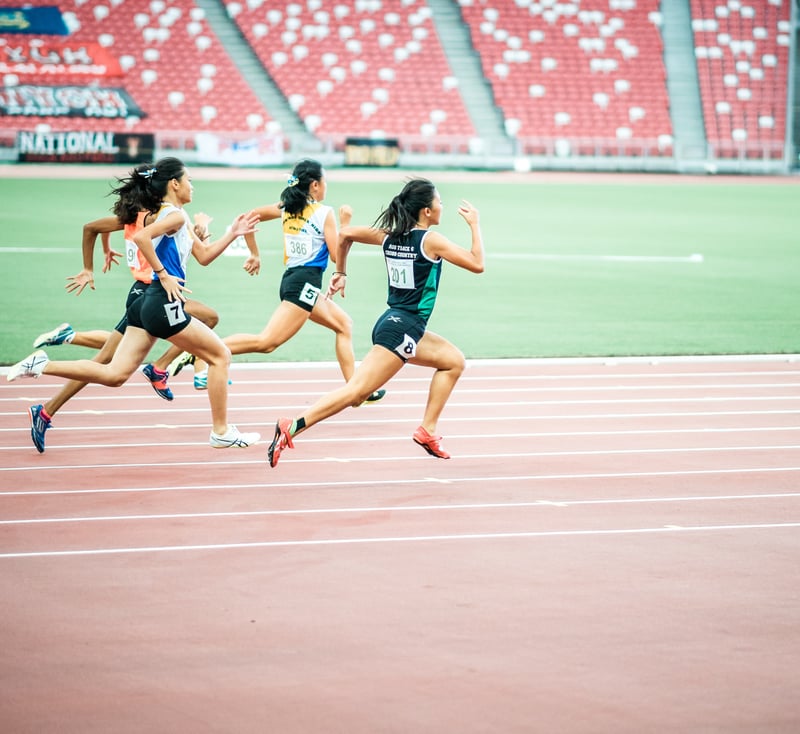
I used to walk onto UCLA’s track to see dozens of Olympic sprinters and hurdlers sitting around and stretching before a workout. It is ironic that some of the world’s fastest human beings are performing movements, classified as static stretches, that have been proven dozens of times to decrease explosiveness. We train Olympic sprinters, and I can tell you that they would do nothing that jeopardizes their speed in an event, especially if it only comes around once every 4 years. How is such contradiction possible? Spindles.
Muscle spindles are sensory receptors within the belly of a muscle, conveying changes in length to the central nervous system (i.e. brain). This information is processed by the brain to determine body position, as well as to contract muscles during reflexes such as the stretch shortening cycle. So athletes involved in very explosive activities, such as sprinting, tend to develop trigger points, defined as hyper-irritable spots associated with knots in the muscle fibers that can drastically affect performance and lead to injury. The first link between these trigger points and muscle spindles was found in a 2009 study out of the University of Aalborg in Denmark. The authors found that the excitability of muscle spindles is greater at these trigger points, and therapies directed at decreasing this hyperactive state may improve trigger points.
Such a landmark study can start to lay the groundwork to explain the instincts of explosive athletes and their coaches to perform static stretching, despite the research advising otherwise. Part of the well documented decrease in explosiveness following such flexibility is the dampening effect on muscle spindles. For example, performing stretches can decrease the excitability of trigger spots, improving an athlete’s performance by allowing more time on the ground in a sprint start. Myofascial release is another tool to alleviate trigger points and decrease spindle activity.
I guess this new study is a reminder that one size does not fit all; some athletes need to stretch for more time on the ground, others need to Olympic lift for more force. If you’re unsure, just do the one you dislike more as our sprinters love to lift heavy weights.